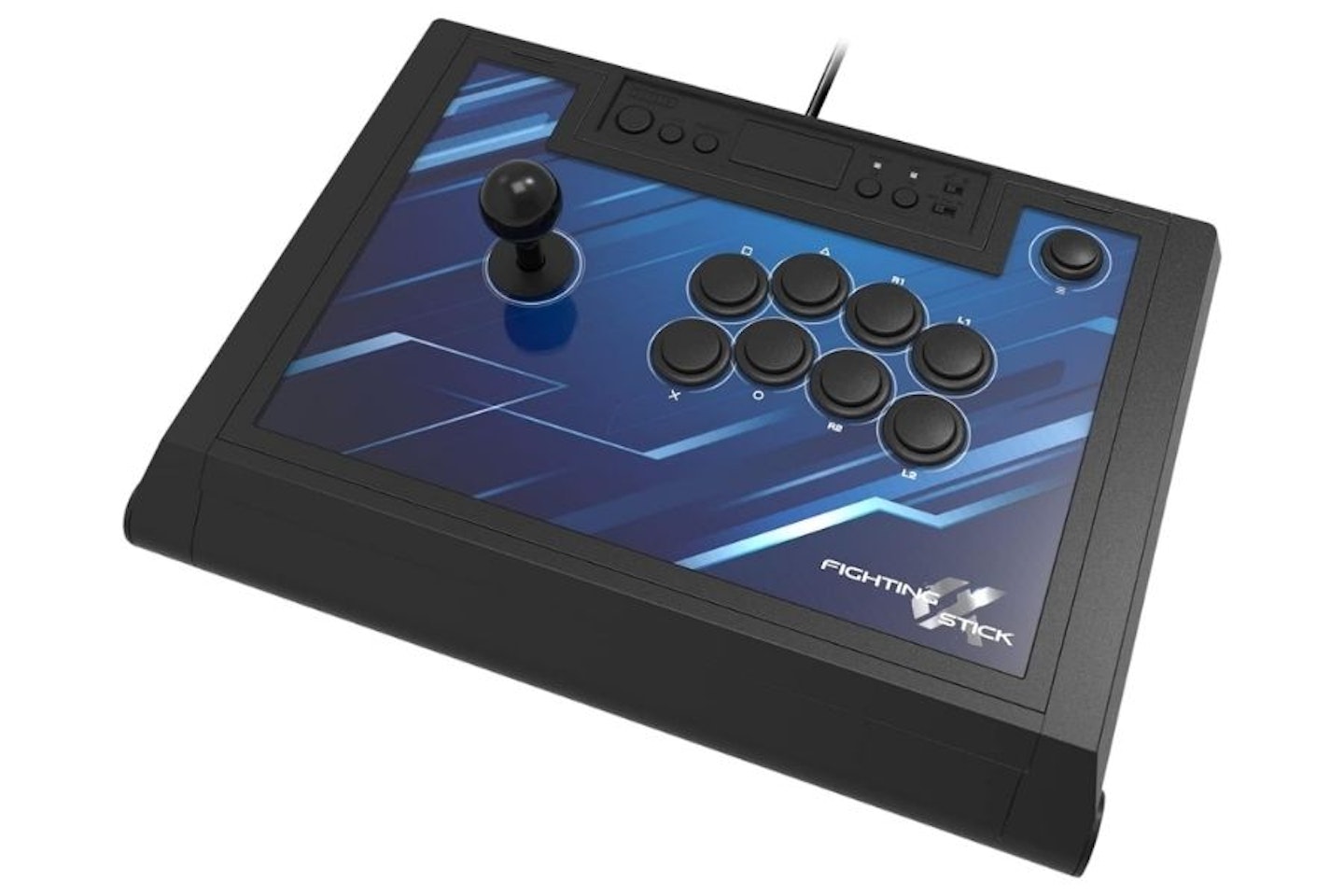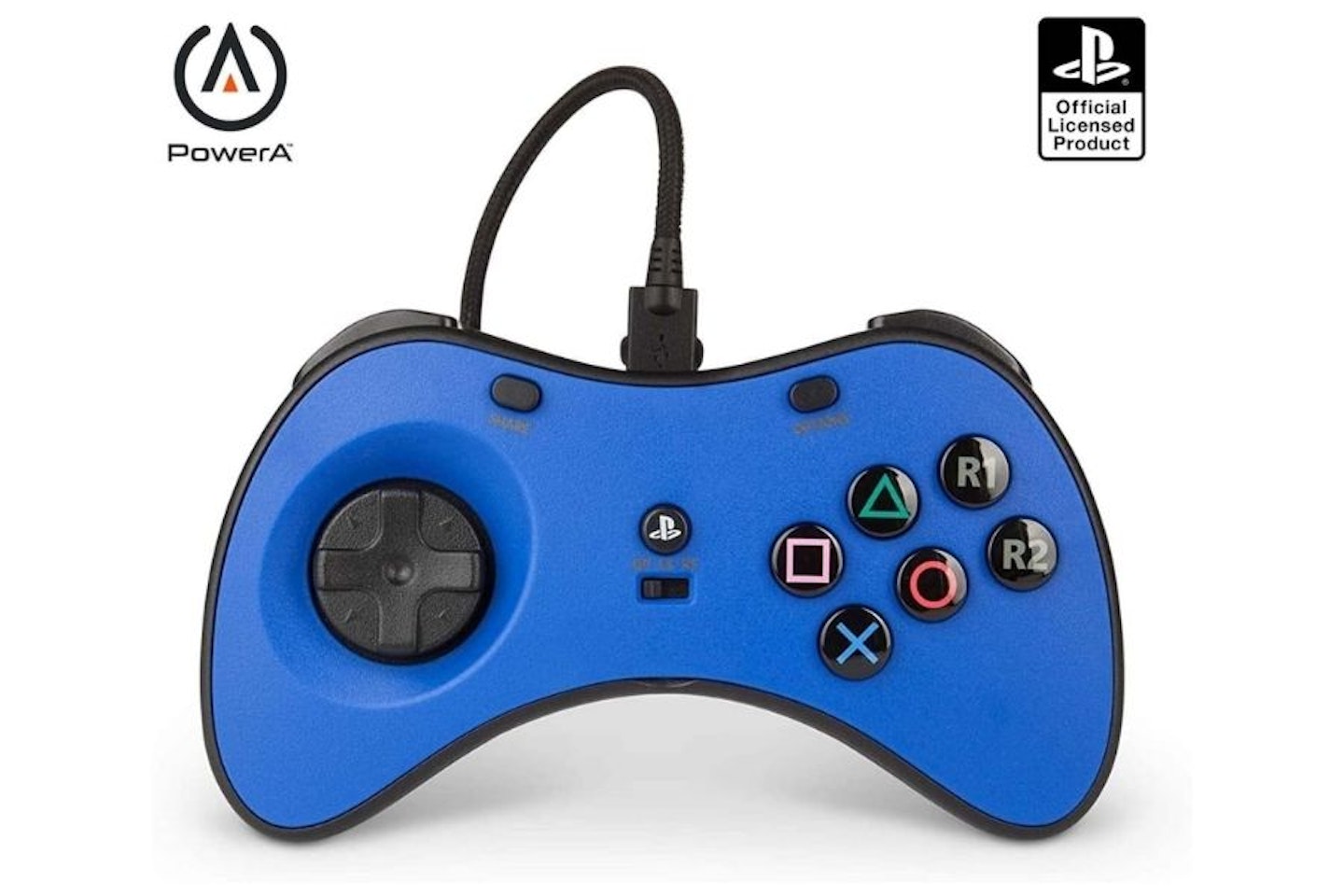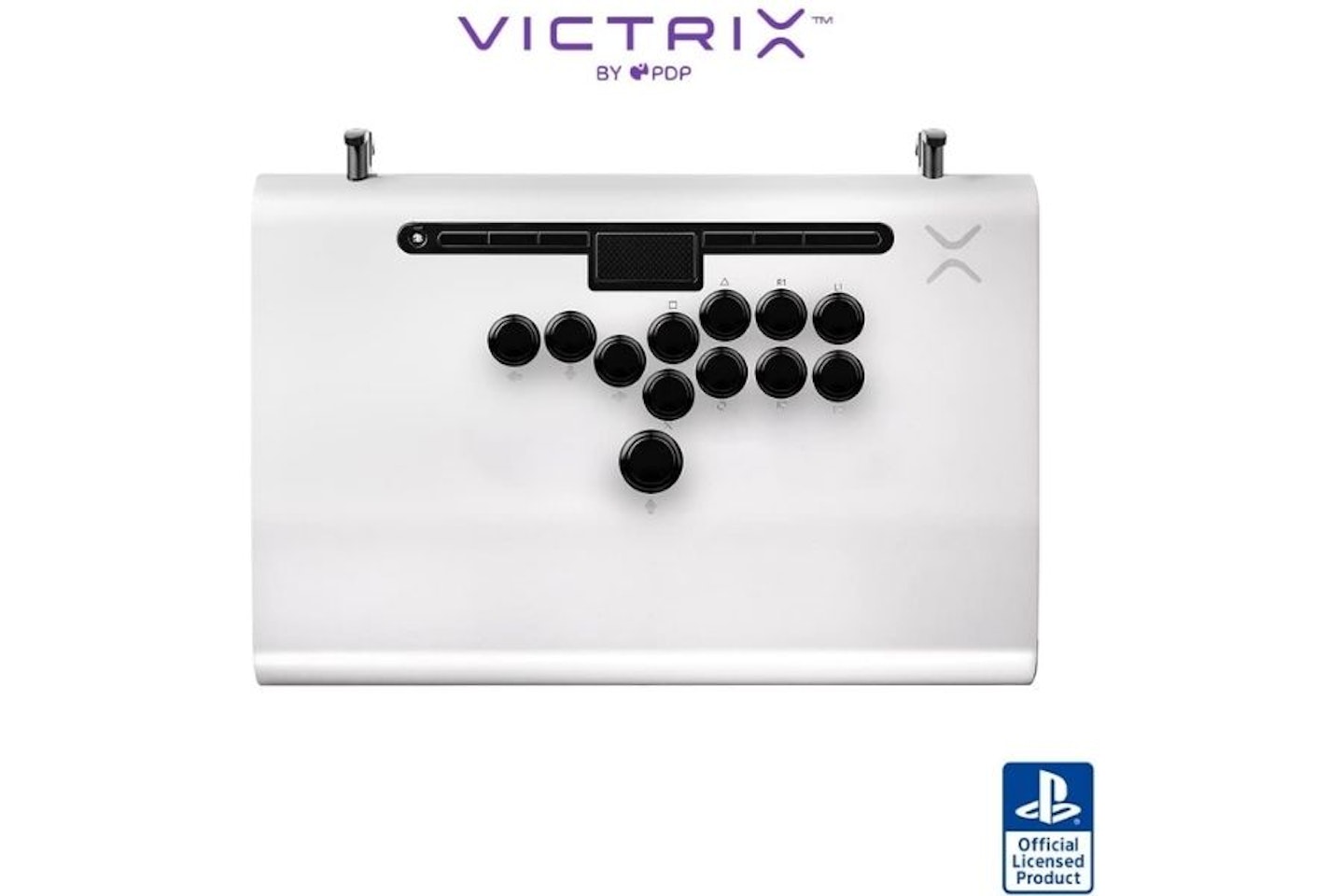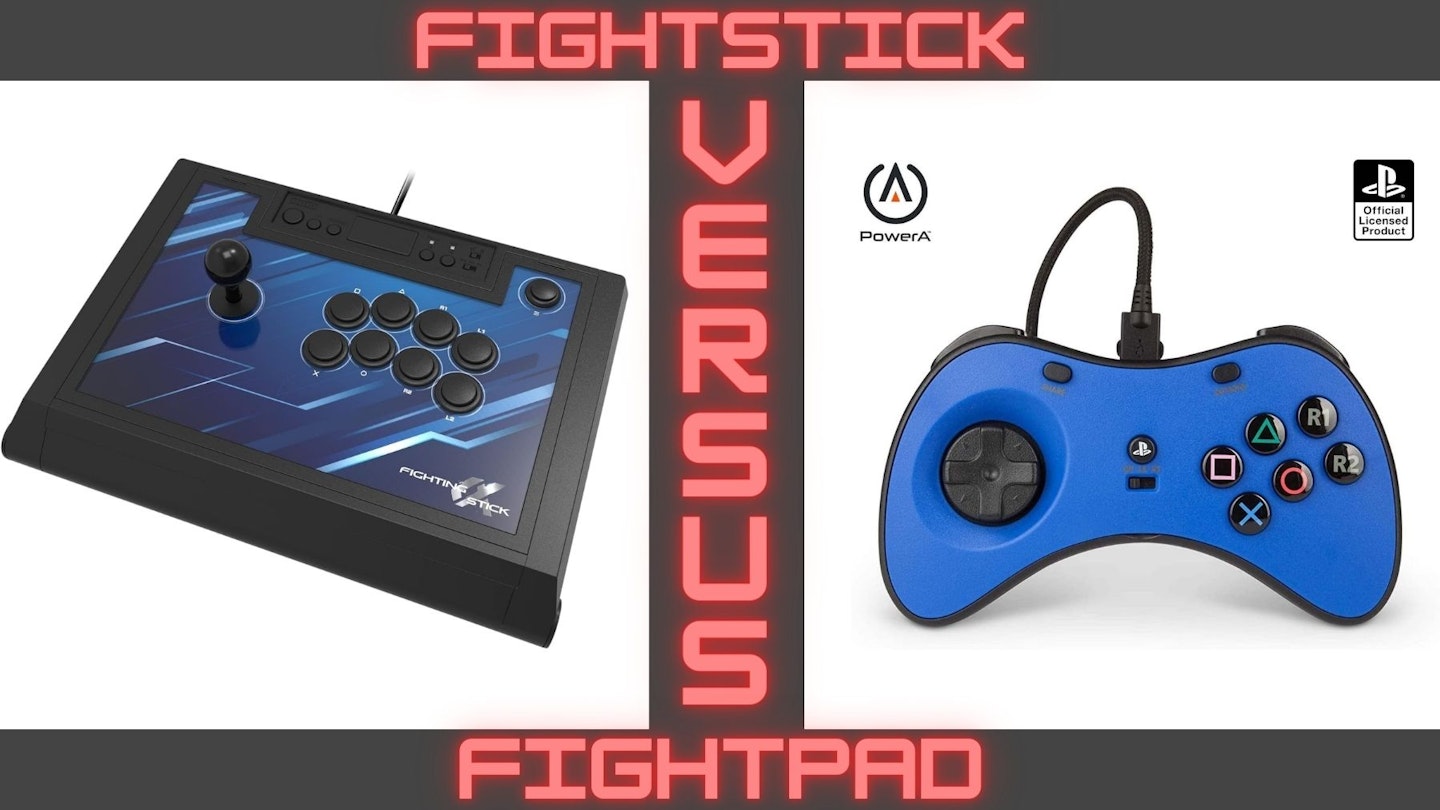When it comes to fighting games, having the right equipment to complement your console is a great way to start the road to honing your skills, and for that, you'll want either a fightstick or a fightpad. These special controllers are made with the fighting genre in mind and aim to enhance your gameplay experience. If you put the time in, they may very well improve your performance too.
Many professional fighting game players will use fightsticks as their preferred controller in tournaments, but fightpads have been making a few appearances as a relative newcomer to the scene. Both will definitely take some adjustment over a regular controller, but if the pros use it, you can be sure it's worth the investment.
Of course, if you're going to put the time in to learn your preferred fighting game on a new controller, you'll want to choose just one. So should you go for the always reliable fightstick, or take a chance on the unique fightpad design?
Well, we're here to help, as we've summarised the advantages of using each controller and explained why you might favour one or the other. We've also made mention of another fighting game controller style that may be your fancy too.
Why use a fightstick or fightpad over a normal controller?
Fighting games as a genre really came into their own in the arcade scene, and even to this day, the DNA of arcade control layouts still feels just right with so many of them. That means a certain kind of button layout and a certain type of stick.
Simply put, a standard games console controller has a stick and button layout that doesn't mesh super well with the genre. Now, you can perform perfectly fine with one, but to perform at the higher levels, you'll want a more consistent way to play.
Most fighting games contain motion inputs for attacks, which an analog stick can be a little fiddly to register with precision time after time. An arcade stick is often gated in such a way that each input will be easier to hit. Plus, certain fighting games like Street Fighter split their moves into light, medium and heavy kicks and punches, so it's nice to have them all lined up together rather than the heavy ones being by the trigger buttons.
Benefits of a fightstick
Representing the classic arcade control style with a modern sheen, fightsticks are the general go-to for most fans of the fighting game genre looking to delve deeper into things, and it's easy to see why. The arcade stick provides you with an enhanced sense of control, with most models having gates that stick to eight directions for input, perfect for just about any 2D fighting game.
The buttons are also worth noting. They tend to be made with durability in mind and provide a nice tactile feel that makes each hit in the game feel extra satisfying to pull off.
Another great feature of a fightstick is that most of them are highly customisable. You can personalise the faceplate or replace individual parts to suit your needs and preferences, so it's a controller that can grow alongside your skills.

Benefits of a fightpad
One of the biggest downsides of a fightstick is that they are often very expensive, even for an alternative controller. That's not an issue for a fightpad, which is able to provide many of the same benefits at a fraction of the price. The layout and design are a lot more similar to a standard controller, with the main difference being the right-hand trigger buttons moved to be near the face, fixing that issue of heavy punches and kicks we mentioned earlier.
This design also makes it more portable and practical. One of the best ways to practice and improve at fighting games is to intend tournaments, even small local ones, but hauling your fightstick over can be a pain, which the compact fightpad is able to avoid.
The most apparent difference between the two is obvious at first glance (as well as in the name). Instead of a stick to control your movements and motion inputs, the fightpad has something more akin to a D-pad. This functions similarly to the stick, especially in registering the eight main directions, but allows you to make inputs a bit more comfortably. It may not be to everyone's preference, but the affordability definitely makes it worth a try.

Any other designs?
Seeing as the alternative controllers let you accurately press specific directions, the Hitbox style of controller does away with any semblance of an analog stick or D-pad and instead makes everything buttons. It will definitely take a lot of getting used to, but when you really think about it, it's no different from using WASD or arrow keys on a PC.
Once you get into the swing of things, your off-hand should be able to move as fast and as confident as your main hand when it comes to pulling off moves and combos. You won't need to worry about overshooting a quarter circle and inputting the wrong move entirely, as you'll be able to do down, diagonal, right and pull off a fireball without even thinking about it.
We've already compared it to a keyboard, but it really does strike similar benefits. Your wrist will be supported by the controller, so you won't get wrist cramps from hovering over the joystick for the whole time. Plus, unlike a gamepad controller, your hand won't have to grip it the whole time either. The only real downside is that you'll need a flat and stable surface for the Hitbox, but it shares that trait with the fightstick.

Which to choose?
So, we've made mention of three prominent styles of controllers for fighting games, but which should you choose?
Let's start with the fightpad. We absolutely think it's worth trying one of these out, as it might be the perfect fit for you right out of the gate, and it's much more affordable than the alternatives so you aren't losing out much from it. That said, it's fairly telling that many professional players still make the effort to bring the chunkier controllers along to tournaments, and the D-pad design lacks the sheer precision of the other two.
Next, the Hitbox. We think it's a fantastic design that offers the best accuracy and precision possible, making it perfect for those aiming for the top. Ultimately, however, it's a strange design that isn't suited for every game. The more fast-paced your game or character is, the more likely you are to trip over your own fingers. We suggest you try out this controller once you're more well-versed in the medium and want to min-max your performance.
Lastly, the winner in our eyes, is the fightstick. You can't go wrong with the original. It's expensive, sure, but one of these could easily last most of your fighting game career, so it's a worthwhile investment. You get excellent button quality, a stick you can swap out and customise as you see fit, and the added benefit of being able to add personal touches and flair to it. Really, what's not to love? Plus, a lot of them are compatible with multiple consoles and even PC, so you don't even need to worry about what version your chosen game will be running on.
Kyle Purves is a Tech Product Writer for What’s The Best, with an avid interest in all things gaming and tech.
Subscribe to the What’s The Best Newsletter to keep up to date with more of the latest reviews and recommendations from the rest of the What’s The Best team.
